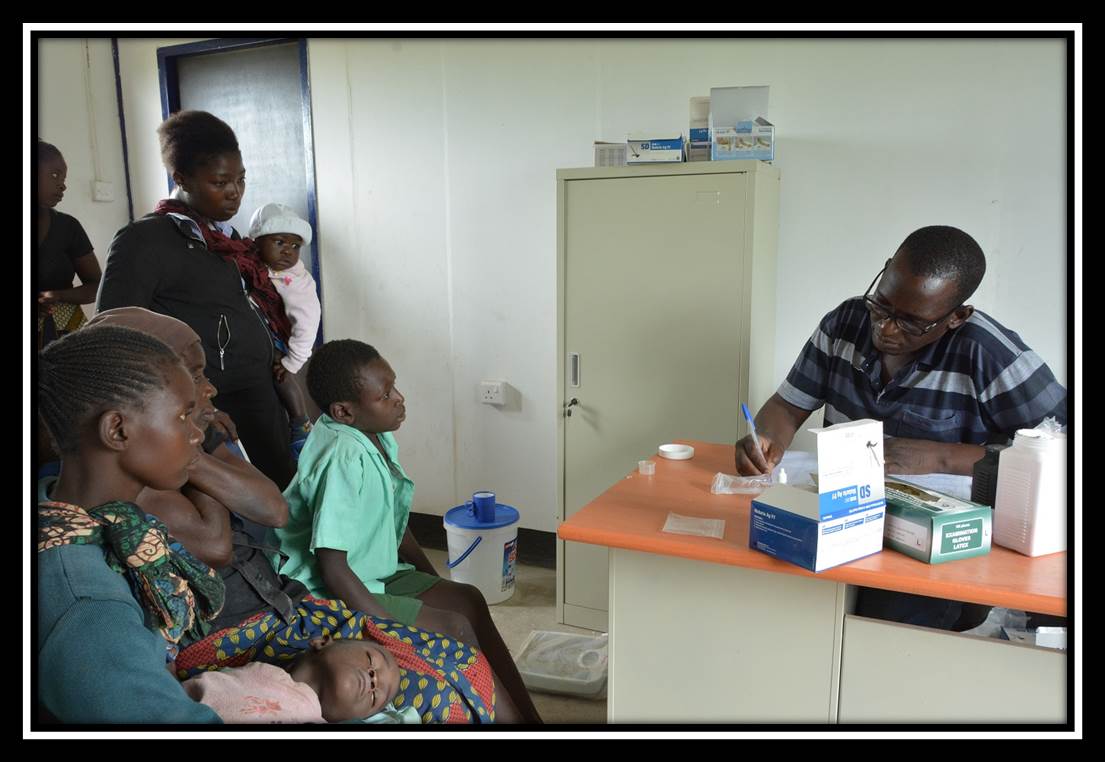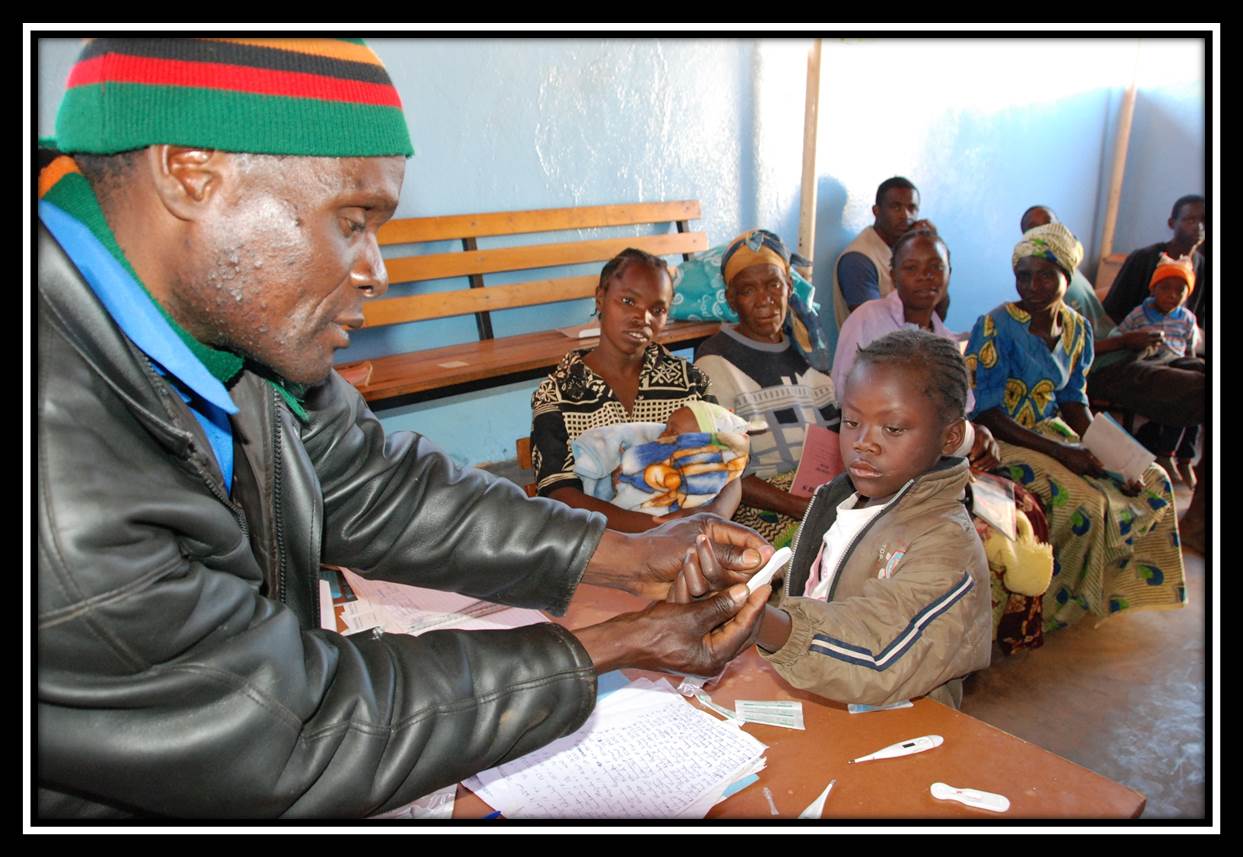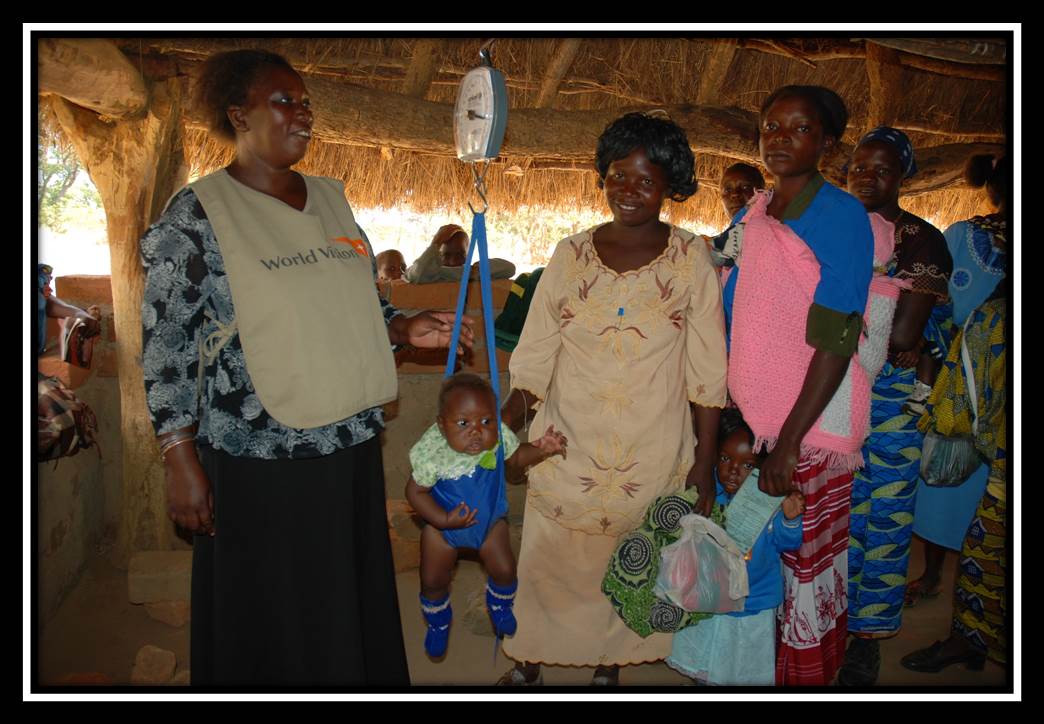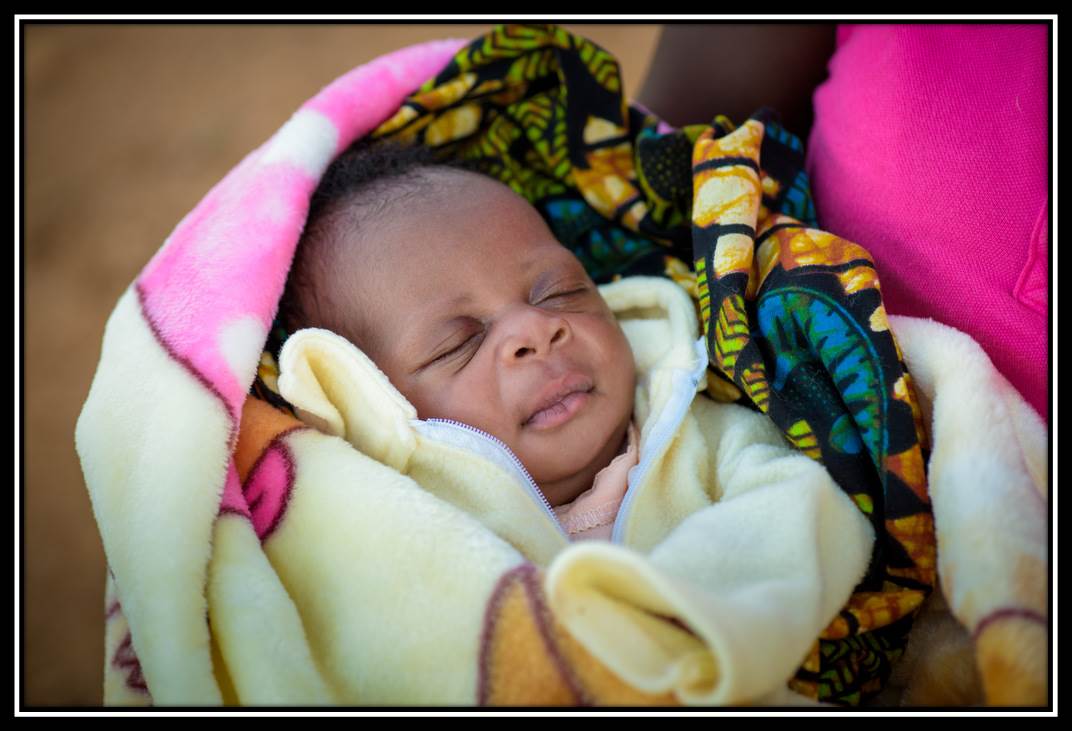Health Promotion
Recognising that more work needs to be done for the health of mothers and children under the age of five. World Vision Zambia is undertaking a holistic approach of primary health care and public health measures that tackle the health ranging from prevention, behavior change communications, health promotion and education in nutrition, HIV/AIDS, WASH, direct protection against infections and provision of essential medicines. Advocating for sustainable provision of quality health services, in order to provide the communities with opportunities to sustain good health for their children, the participation of the NHCs, SMAGs and CHWs in community health implementation is paramount. The NHC is an umbrella body that constitutes of all community-based volunteers (SMAGs, CHWs) supporting the delivery of health services in health facilities (HFs).
World Vision Zambia has trained community-based volunteers who visit households to provide the basic maternal and child health services such as counselling, early referrals and follow-ups of mothers and children under-five who may require attention at the local health facilities.
This is done through the Safe Motherhood Action Groups (SMAGS) which is a group of community-based volunteers; who were trained in several skills to deliver counselling services in maternal, new-borns and child health key messages at the household level.
They are using what is called a timed and targeted counselling model which is a community-based volunteer approach for extending primary health care counselling with focus on maternal, newborn and child health (MNCH) care services to the household level.
Community Health Workers
These are selected by their community and trained in health education, diagnosing, treating and referral of ill children. Using the Integrated Community Case Management (ICCM) model. Evidence has shown that pneumonia, diarrhoea, and malaria are the major causes of child mortality. The greatest gap in child mortality reduction in most high burden countries is the unmet need for prevention and effective treatment of diarrhoea, pneumonia and malaria in endemic countries. In most high mortality countries including Zambia, facility-based services alone do not provide adequate access to prevention and treatment for these major childhood illnesses.
However, it is demonstrated that community health workers (CHW), provided with adequate training, supportive supervision, monitoring tools, and logistical support, can identify and appropriately treat children with diarrhoea, simple and severe (but not complicated) pneumonia and malaria. The integrated, community case management model therefore, ensures that sick children are timely attended to at community level before being referred to the health facility in cases of severe childhood illnesses.
Community Positive Deviance Hearth Facilitators are volunteers trained in community-based approach model to rehabilitate and prevent malnutrition in young children. It addresses malnutrition by rehabilitating moderately malnourished children, enabling families to sustain the rehabilitation of these children, prevents future occurrences of malnutrition in the community and among children. The approach is participatory, sustainable and promotes and supports new feeding practices and behaviours. It is culturally acceptable, easy for the community to adopt and it is based on behaviour change and not on knowledge acquisition. Positive deviance hearth is designed for communities with 30 percent underweight and under-five children. Trainees are mothers with children between the ages of six to 36 months prone to malnutrition.
Neighbourhood Health Committees
To strengthen the community health systems, Neighbourhood Health Committees are strengthened. Realising that existing health systems are good and just need to be strengthened, World Vision Zambia is working closely with district health structures of Government to ensure that health interventions reach out to every community and household.
Impact on Health
Over 2500 Safe Motherhood Action Groups (SMAGs) have been established in 14 districts servicing 78 health facilities with a total population of 758,400 and targeting 151,600 under-five children and 36,700 women.
SMAG members deliver essential information on safe motherhood to men and women, encourage pregnant women to go for antenatal and postnatal care in a health facility.
After the interventions, results show that more women have received antenatal care from the traditional birth attendant and a small fraction were attended by qualified medical practitioners such as nurses, midwives and clinical officers. Most women are now impressed with the professionalism of medical personnel but bemoan the insufficient number of medical staff.
Most women reported delivering from the clinic and few reported having delivered from home. And cases of C-section delivery were not reported.
Access to formal care, HIV/TB testing, prevention of mother to child transmission (PMTCT), folic acid supplementation, de-worming, vaccination, and nutrition counseling are among medical services that have impacted the community following World Vision interventions and the trend of seeking medical treatment from native doctors seem to have drastically reduced as no woman was reported to have had sought treatment from traditional healers.



